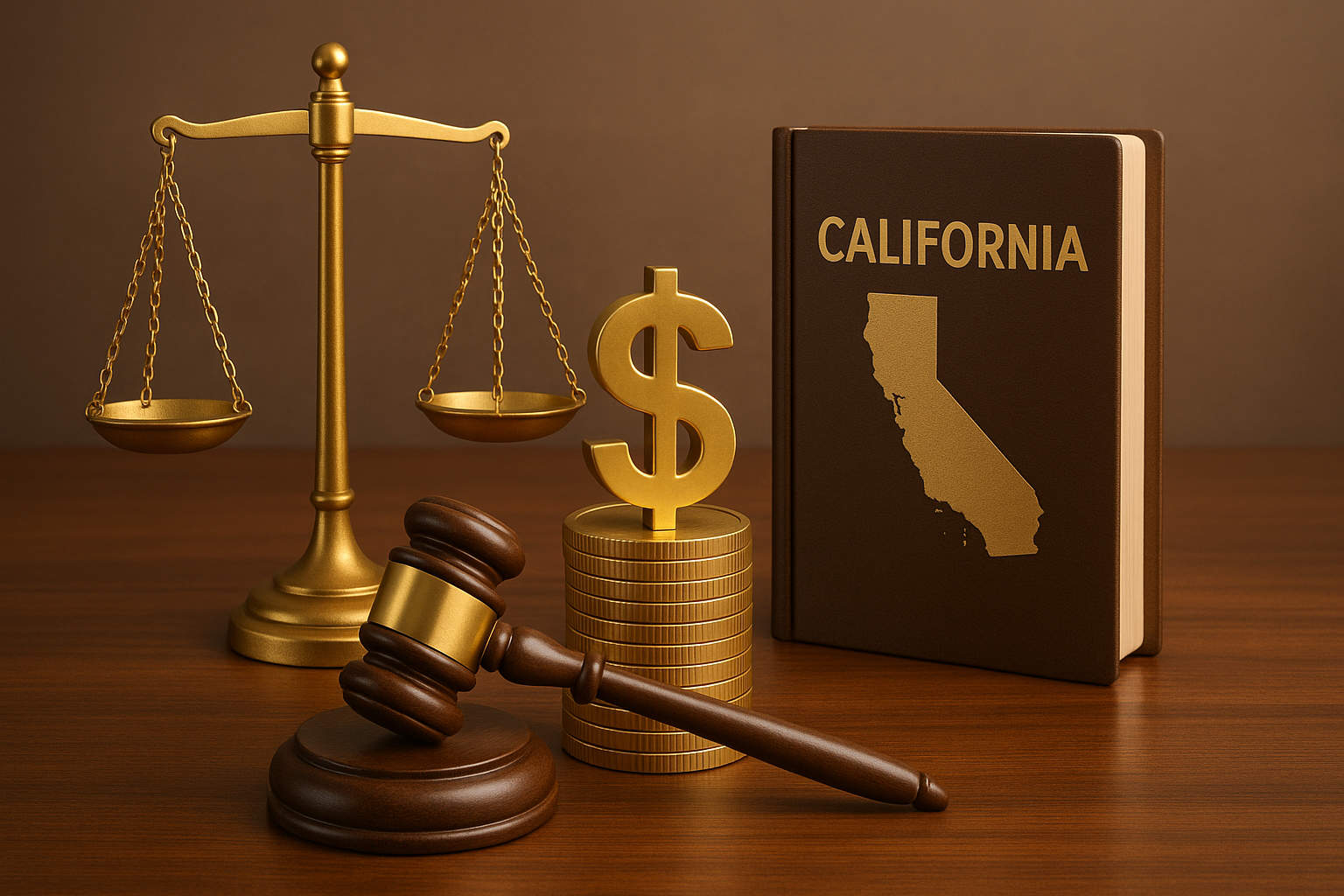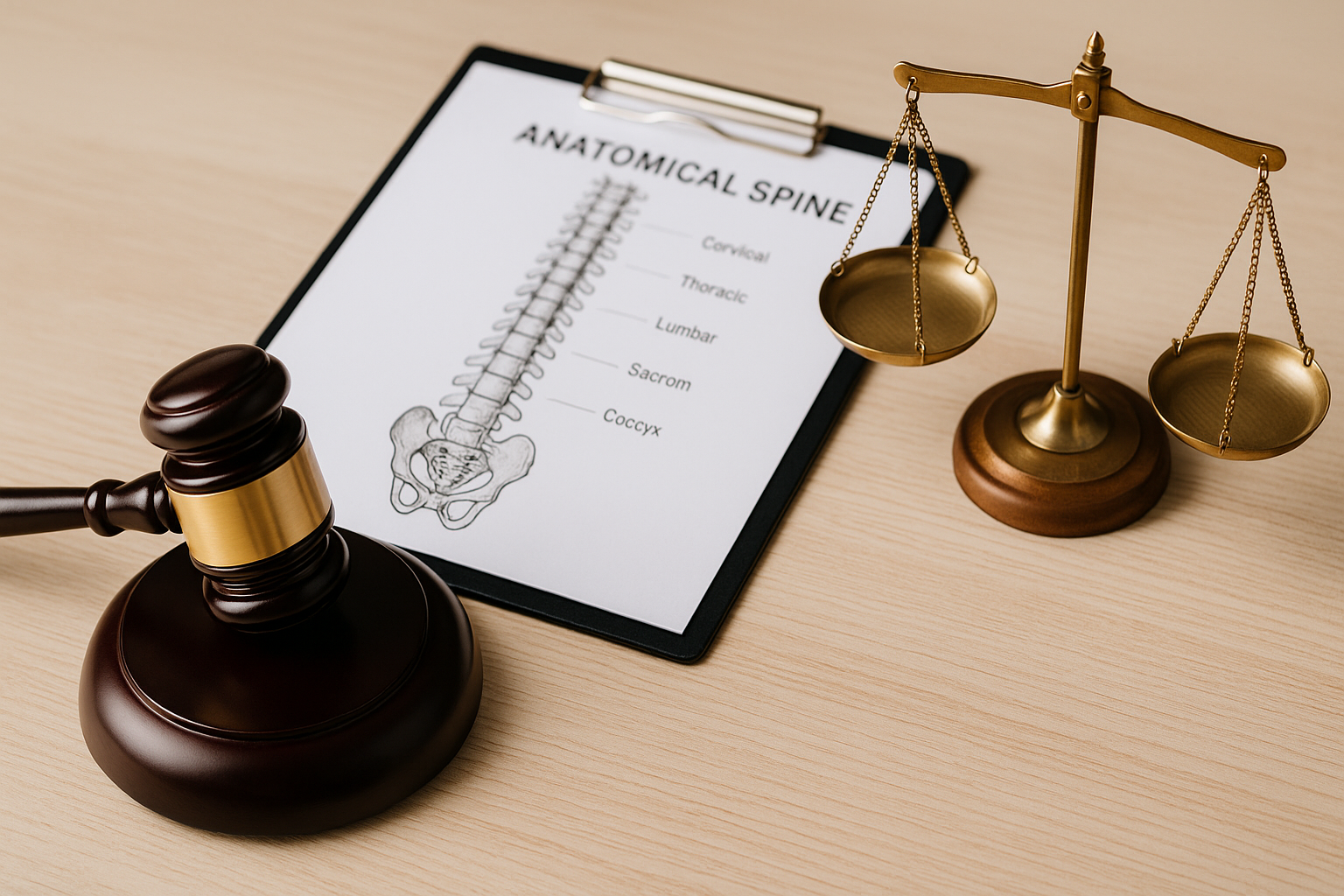Premises liability is a legal concept that holds property owners and occupiers responsible for accidents and injuries that occur on their property due to unsafe conditions. Whether on residential, commercial, or public property, when someone is injured because of negligence in maintaining the premises, the owner or occupier may be held liable for damages. This guide provides a comprehensive overview of premises liability law, including definitions, key legal concepts, and property owners’ obligations.
1. What Is Premises Liability?
Premises liability refers to a property owner’s or occupier’s legal responsibility to ensure the safety of visitors. If a person is injured on the property due to unsafe conditions, the owner may be required to compensate the injured party for medical expenses, lost wages, pain and suffering, and other damages. These claims often arise from accidents such as slip and falls, inadequate security, or dangerous conditions like broken stairways or uneven floors.
1.1 Types of Premises Liability Claims
There are many types of accidents that can lead to a premises liability claim. Common examples include:
- Slip and fall accidents: These occur when a person slips, trips, or falls due to hazards such as wet floors, loose carpets, or uneven surfaces.
- Negligent security: Property owners are responsible for providing adequate security in areas with a known risk of crime. Failing to install proper lighting, alarms, or security personnel can lead to liability if a person is harmed.
- Swimming pool accidents: Owners of pools must follow safety regulations, such as installing fences or pool covers, to prevent drowning or injury.
- Falling objects: Property owners may be liable if objects fall and injure someone, such as from shelves in stores or construction equipment at worksites.
- Dog bites: In many states, a dog owner is strictly liable for injuries caused by their dog if it bites someone on their property or off the property in some circumstances.
- Fire hazards: Injuries resulting from a fire that could have been prevented with proper safety measures may result in a premises liability claim.
- Toxic substances: Exposure to hazardous materials like mold, asbestos, or chemicals can lead to claims if the owner failed to remedy the dangerous condition.
2. Key Legal Concepts in Premises Liability
For a successful premises liability claim, certain legal elements must be established, including the status of the injured party, the property owner’s duty of care, and causation.
2.1 Status of the Injured Party
The legal responsibility of the property owner or occupier depends on the visitor’s classification. Visitors are generally categorized into three groups, each with a different level of duty of care:
- Invitees: These are individuals who have been invited onto the property for the owner’s benefit, such as customers in a store. Property owners owe the highest duty of care to invitees, including regularly inspecting the property and addressing or warning about any known hazards.
- Licensees: These are social guests or people who enter the property for non-commercial purposes, such as a friend visiting your home. The duty of care toward licensees involves warning them about known dangers that may not be obvious.
- Trespassers: People who enter the property without permission. Property owners owe a limited duty of care to trespassers and generally are not responsible for their safety. However, owners cannot create hazards that intentionally harm trespassers, and special care may be required if children are likely to trespass (e.g., around swimming pools).
2.2 Duty of Care
The duty of care is a property owner’s legal obligation to maintain their property in a reasonably safe condition. The level of care required depends on the relationship between the property owner and the visitor, as outlined above. The property owner must:
- Regularly inspect the property to identify potential hazards.
- Promptly fix dangerous conditions (e.g., broken handrails, slippery floors).
- Provide adequate warnings for hazards that are not immediately obvious (e.g., “wet floor” signs).
- Ensure compliance with safety regulations (e.g., fire alarms, proper lighting in parking lots).
2.3 Breach of Duty and Negligence
For a premises liability claim to succeed, the injured party must prove that the property owner breached their duty of care. This typically means showing that the owner knew, or should have known, about a dangerous condition and failed to take appropriate action to fix or warn about it.
- Actual knowledge: The owner was aware of the hazard (e.g., they saw a spill and didn’t clean it up).
- Constructive knowledge: The hazard existed long enough that the owner should have discovered it during reasonable inspections (e.g., a broken sidewalk that had been deteriorating for weeks).
If the property owner or occupier fails to take reasonable steps to prevent harm, this is considered negligence, making them liable for injuries caused by their failure to act.
2.4 Causation and Damages
The injured party must also prove that the unsafe condition directly caused their injury. This requires showing that the hazardous condition was a significant factor in the accident. Additionally, the injured person must demonstrate damages, such as medical bills, lost wages, and pain and suffering, resulting from the injury.
3. Common Defenses in Premises Liability Claims
Property owners may use various defenses to avoid liability in premises liability cases. Understanding these defenses can help injured parties anticipate the challenges they may face when filing a claim.
3.1 Comparative Negligence
In many states, comparative negligence laws reduce the compensation a victim can receive if they are found to be partially responsible for their injury. For example, if a person is texting while walking and slips on a wet floor, the property owner may argue that the person’s distraction contributed to the fall. If the court determines that the victim was 30% responsible, their compensation will be reduced by 30%.
3.2 Open and Obvious Doctrine
Under the open and obvious doctrine, property owners may not be liable for injuries caused by hazards that are clearly visible and avoidable. For example, if a large hole is easily visible and a person chooses to walk through it, the owner may not be responsible for any resulting injuries.
3.3 Lack of Knowledge
If the property owner can prove that they had no actual or constructive knowledge of the dangerous condition, they may avoid liability. For example, if a customer spills liquid in a grocery store aisle, and another customer slips on it moments later, the store may argue that they did not have enough time to discover and clean the spill.
4. Obligations of Property Owners
Property owners and occupiers have several key obligations to maintain a safe environment for visitors. These include:
4.1 Regular Inspections
Owners must conduct regular inspections of their property to identify potential hazards. The frequency of inspections may depend on the nature of the property—commercial properties like retail stores may require daily inspections, while private residences may not.
4.2 Prompt Repairs
Once a hazard is identified, property owners must take prompt action to fix it. This could involve repairing broken stairs, filling potholes, or addressing fire hazards. Temporary safety measures, such as caution tape or warning signs, should be used until the issue is resolved.
4.3 Posting Warnings
If an unsafe condition cannot be immediately fixed, property owners are generally required to post clear warnings to alert visitors. This might include “wet floor” signs, barriers around construction areas, or “danger” signs near electrical hazards.
4.4 Security Measures
For businesses and landlords in high-crime areas, negligent security can be a significant issue. Property owners may be held liable for harm caused by criminal activity if they failed to provide adequate security measures, such as proper lighting, security cameras, or guards. For example, if a person is attacked in a poorly lit parking garage, they may have grounds for a premises liability claim.
5. How to Prove a Premises Liability Claim
To successfully prove a premises liability claim, the injured party must gather evidence that demonstrates the property owner’s negligence and its connection to their injury. Steps in building a strong claim include:
5.1 Collecting Evidence
Immediately after an accident, the injured party should collect as much evidence as possible, including:
- Photos and videos of the hazardous condition (e.g., a broken staircase, wet floor).
- Witness statements from others who saw the accident or can testify to the unsafe conditions.
- Incident reports if the accident occurred in a commercial setting like a store or hotel.
- Medical records documenting the injury and its impact on the victim’s life.
5.2 Proving Negligence
The injured party must demonstrate that the property owner acted negligently by failing to maintain a safe environment or address a known hazard. This typically involves proving:
- The property owner or occupier owed the visitor a duty of care.
- The owner breached that duty by failing to address a dangerous condition.
- The dangerous condition directly caused the injury.
5.3 Demonstrating Damages
To recover compensation, the victim must show that they suffered actual damages as a result of the injury. This may include:
- Medical bills (past and future).
- Lost wages due to time away from work.
- Pain and suffering (both physical and emotional).
- Long-term disability or loss of earning capacity if the injury is severe.
6. Conclusion
Premises liability laws are designed to hold property owners and occupiers accountable for maintaining safe environments for visitors. Whether the injury occurred due to a slip and fall, negligent security, or hazardous conditions, victims have the right to seek compensation when property owners fail to meet their duty of care.




